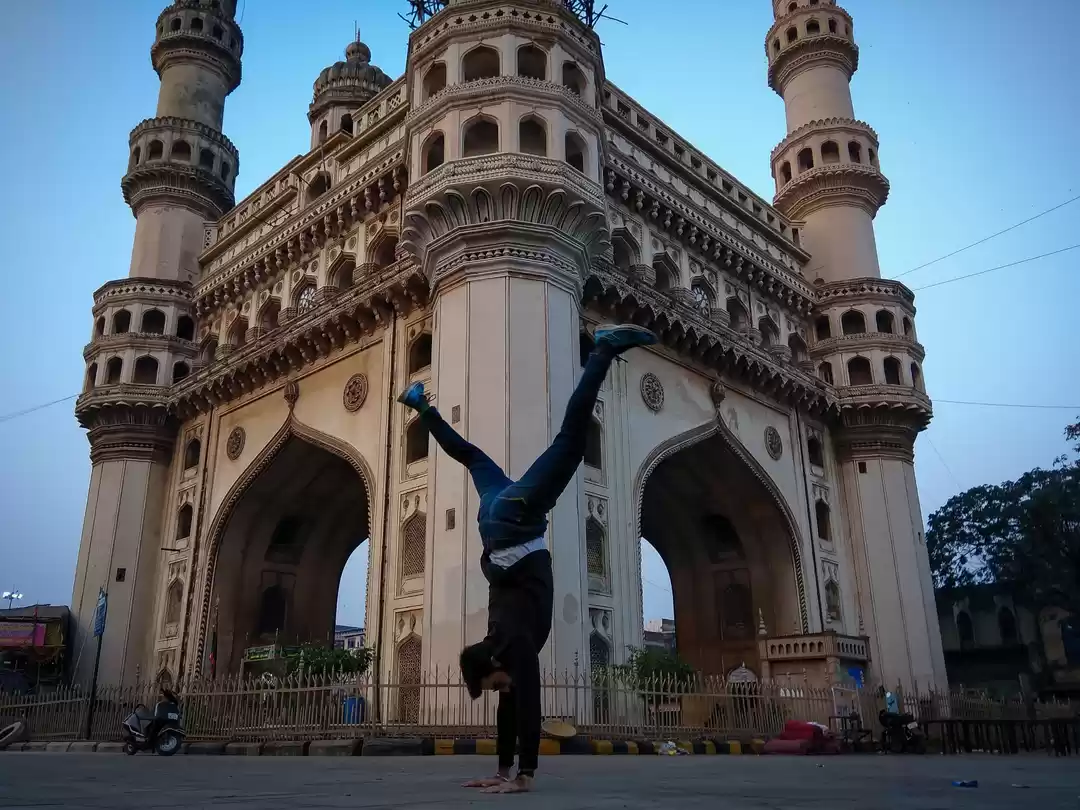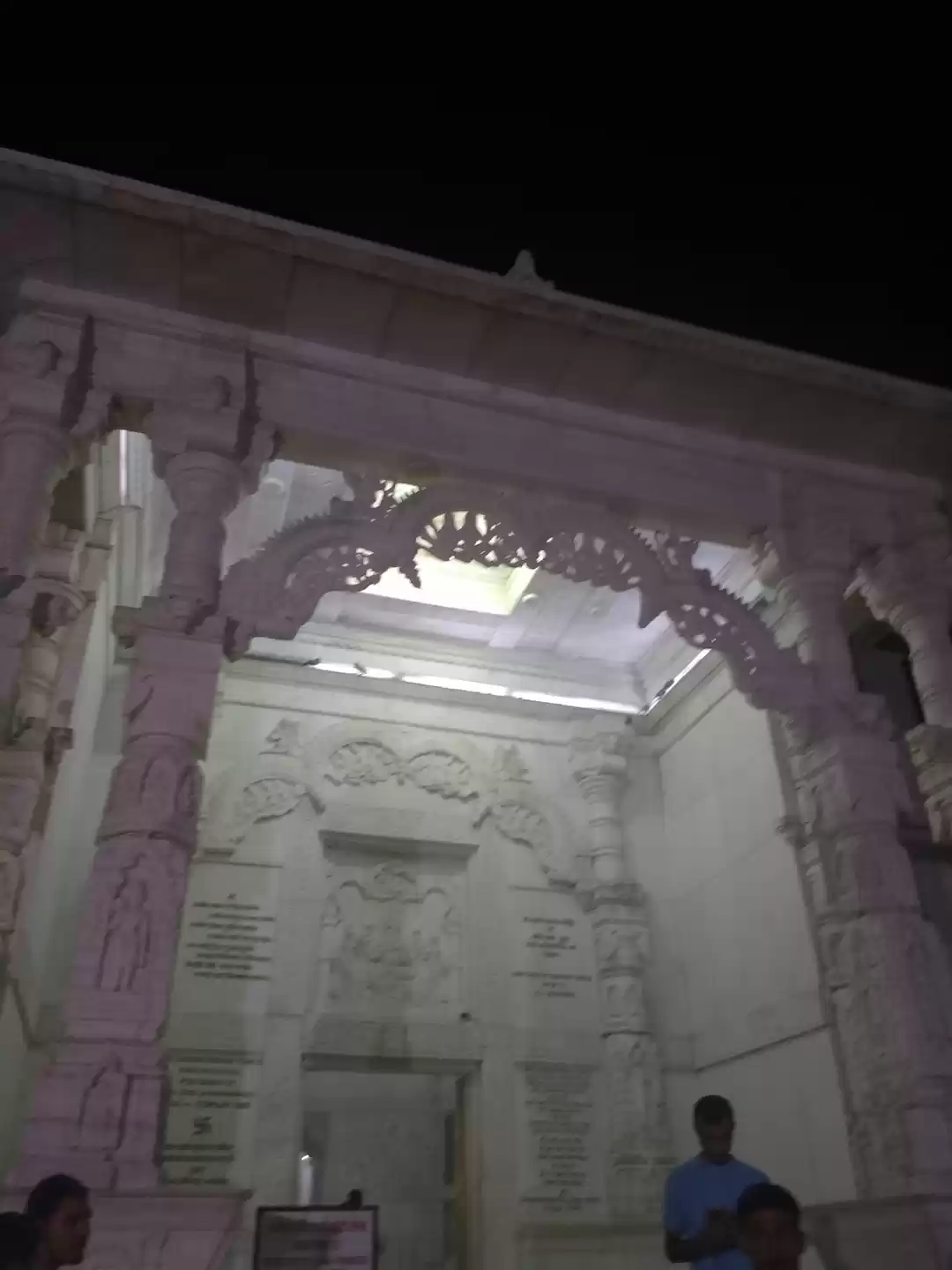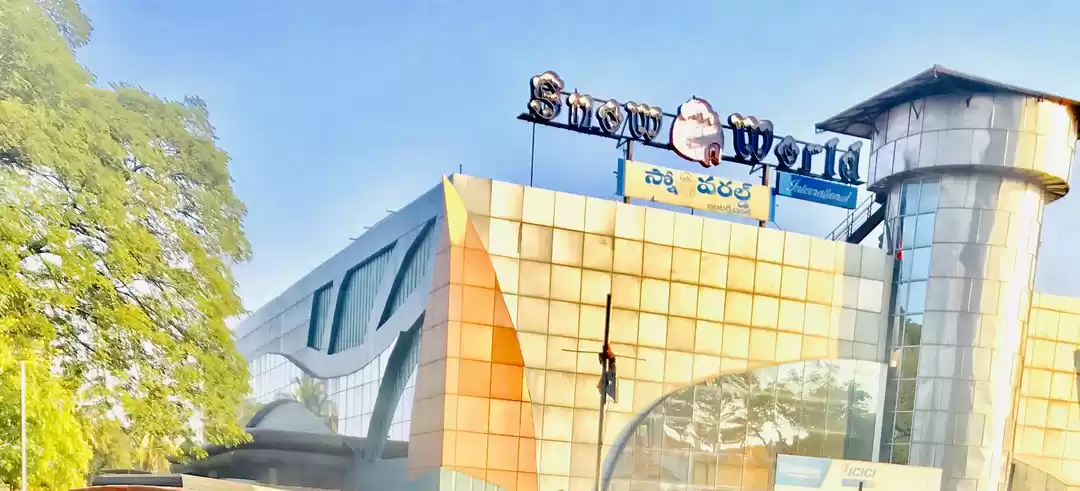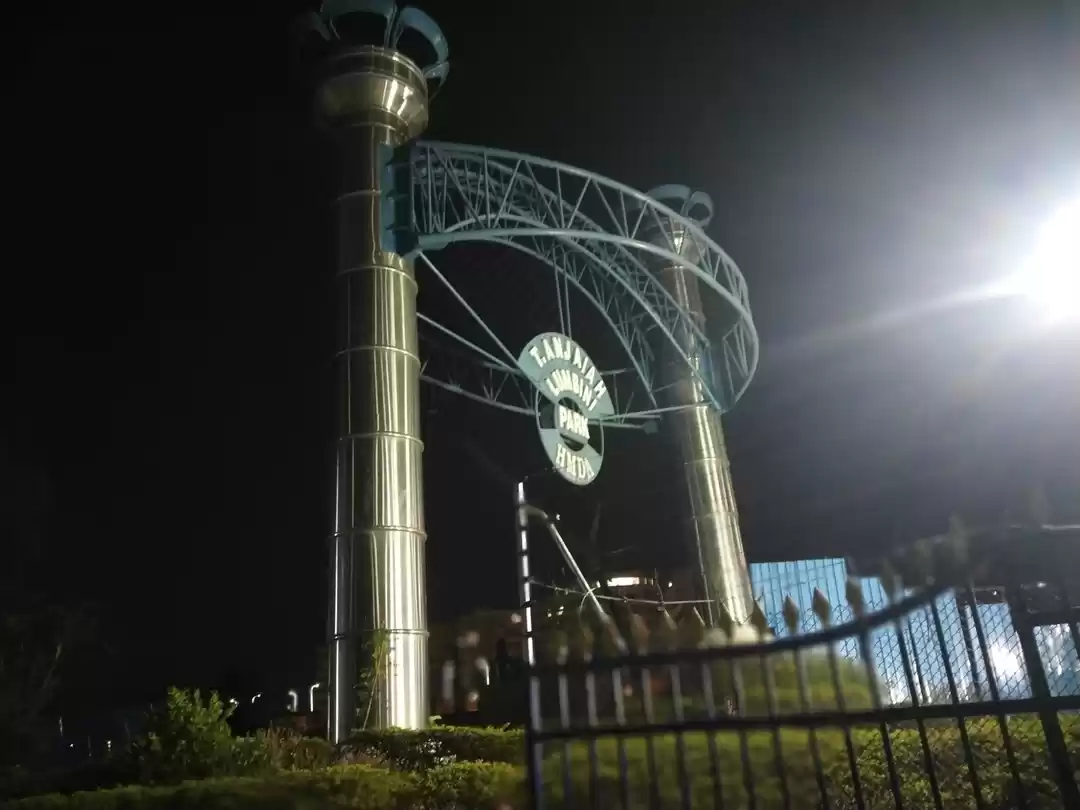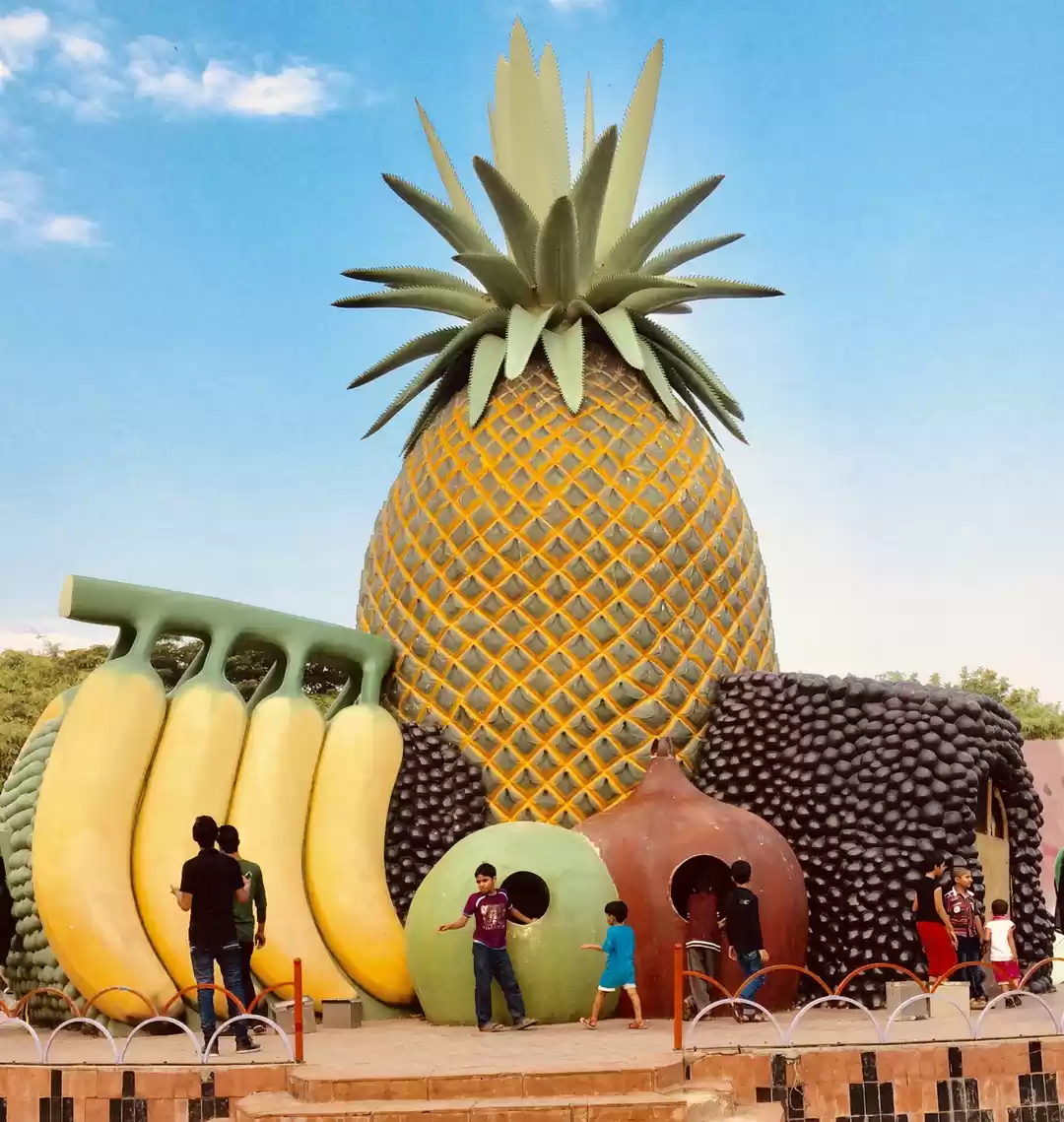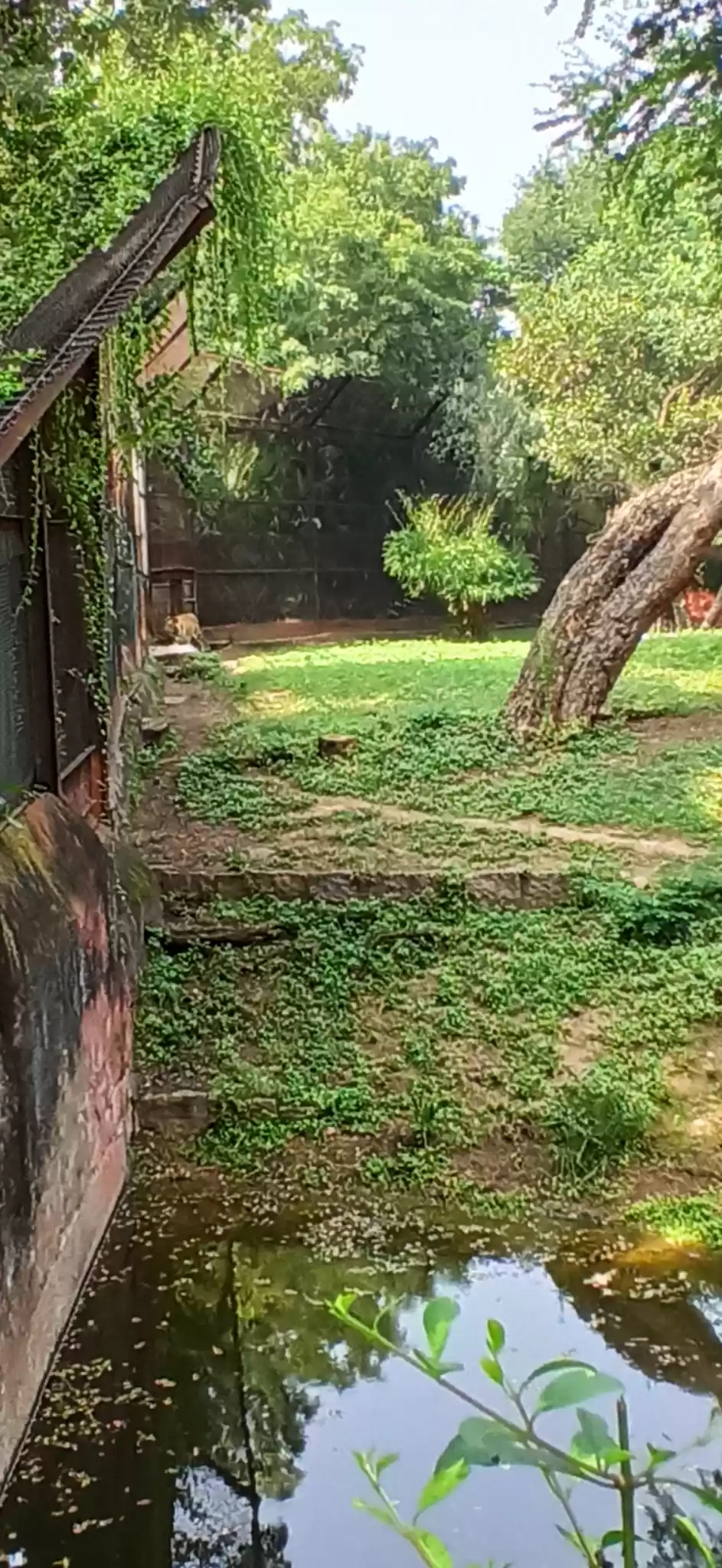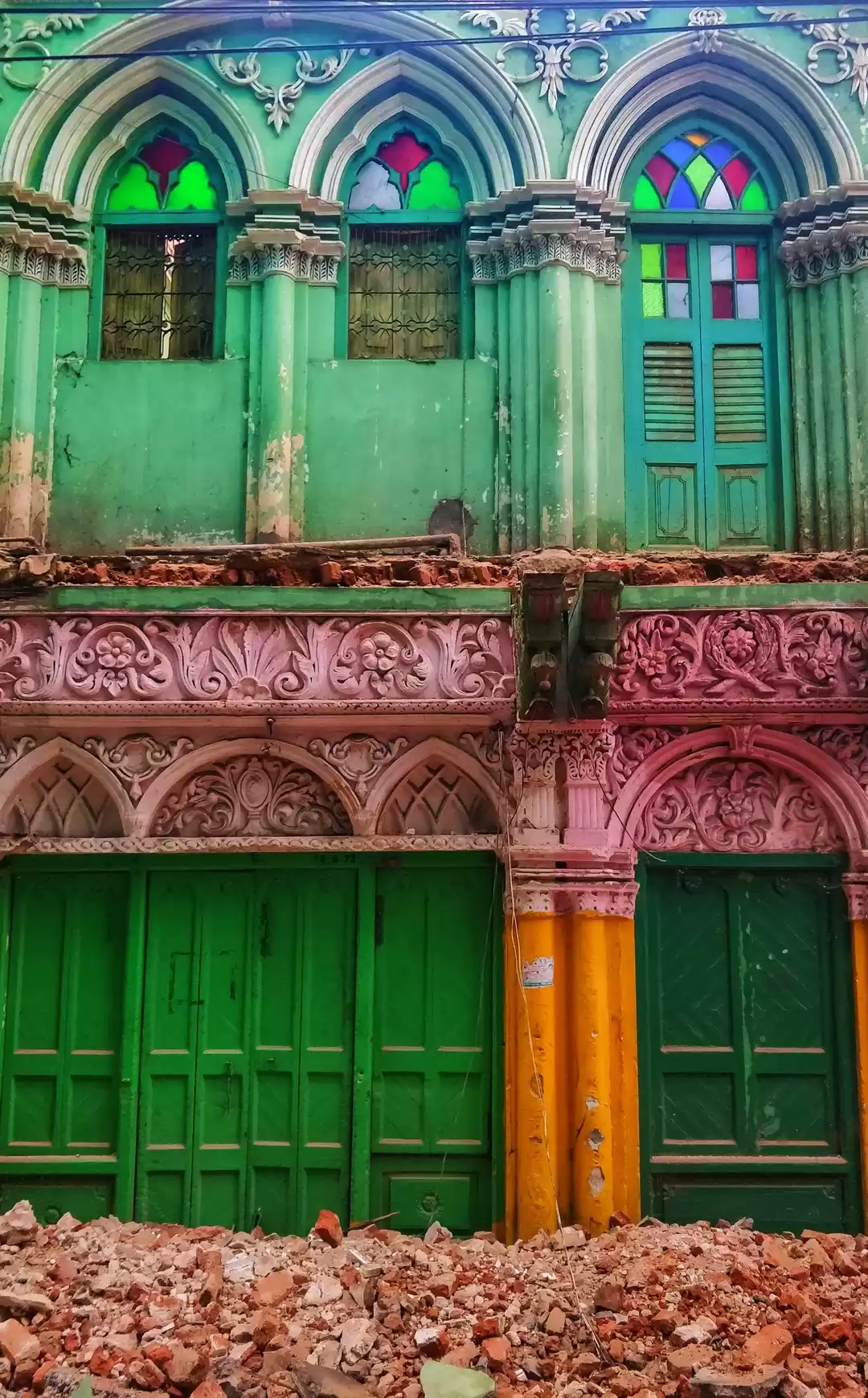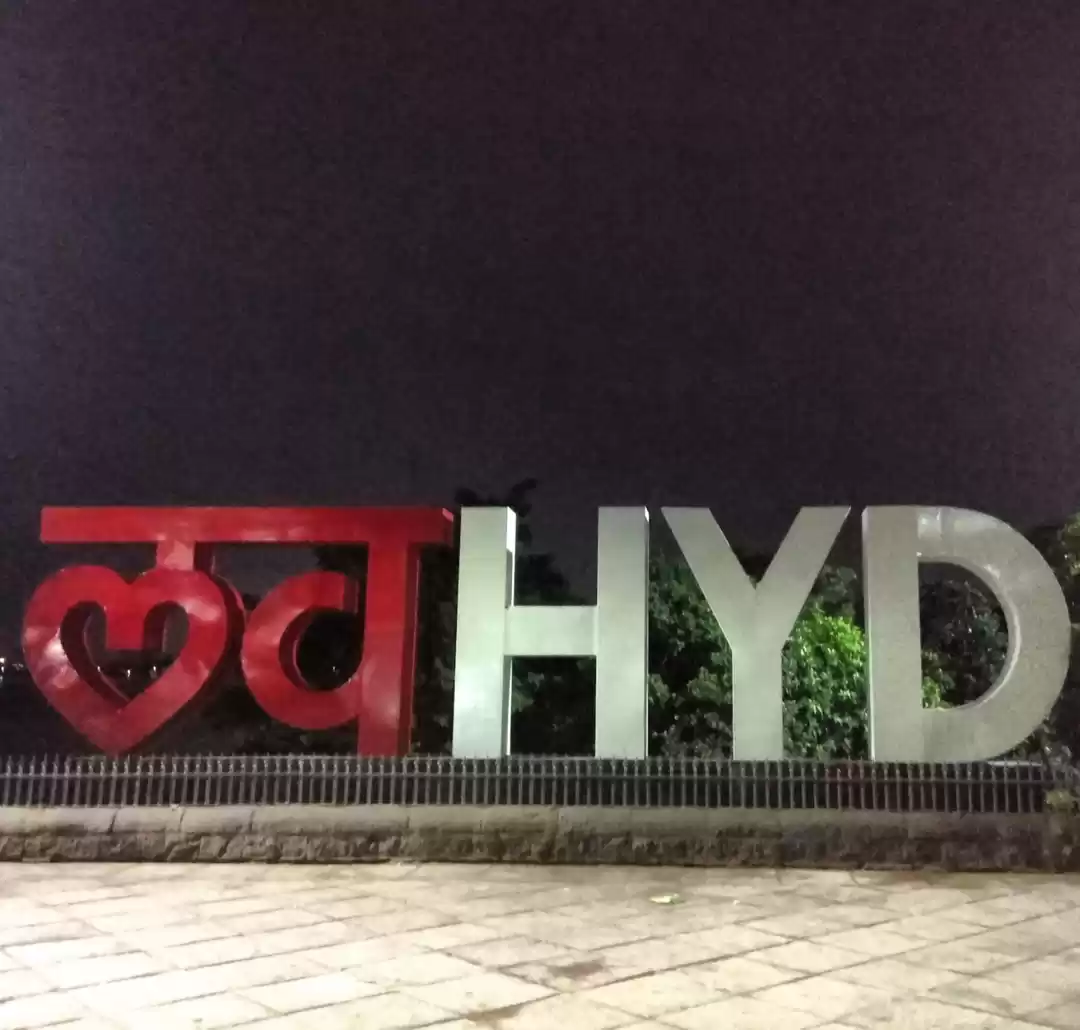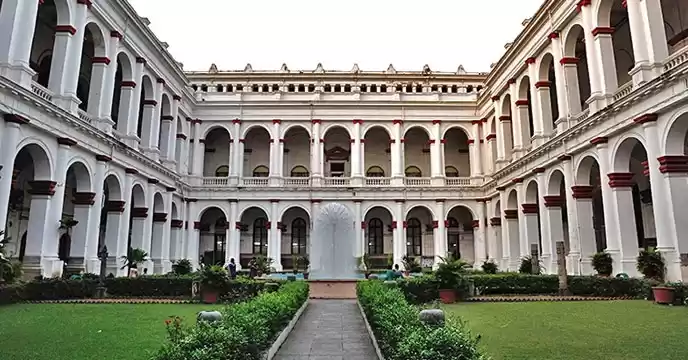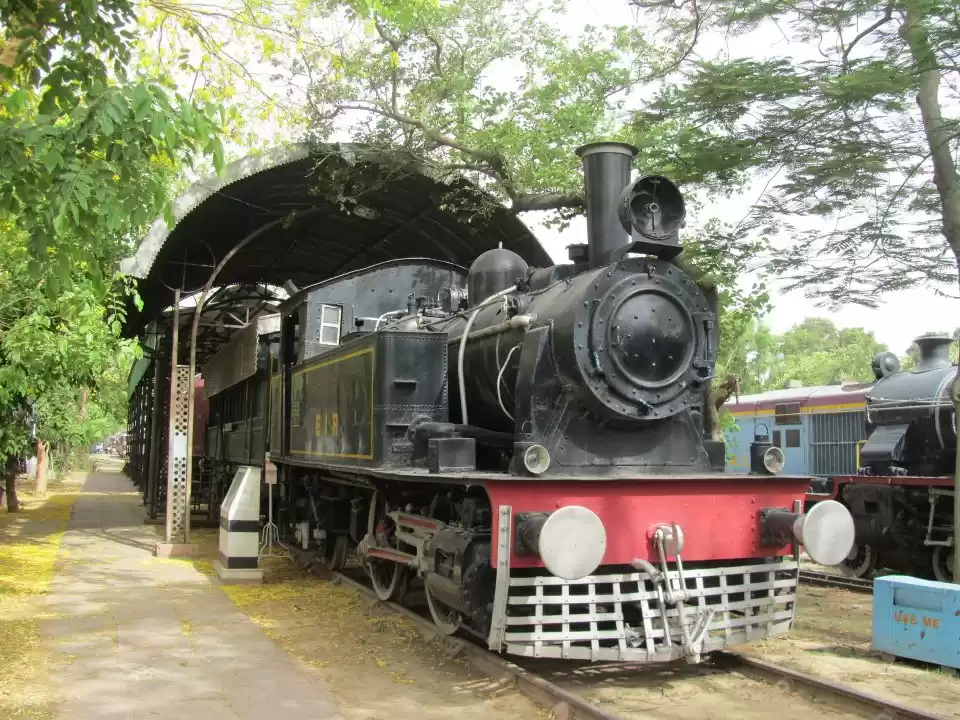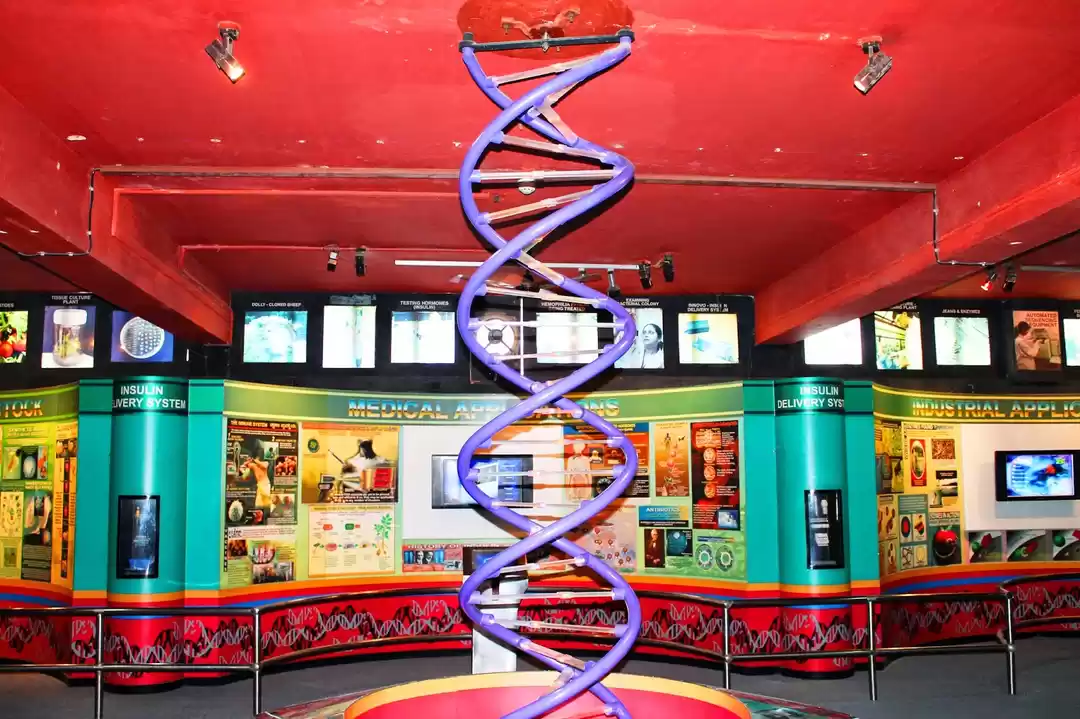Nestled in the heart of Hyderabad, the Salar Jung Museum is a treasure trove of rare artifacts, exquisite paintings, and unique antiquities from around the globe. One of the highlights is the Veiled Rebecca, a stunning marble statue created by Italian sculptor Giovanni Maria Benzoni.
The museum houses over one million paintings, sculptures, carvings, manuscripts, and artefacts from various countries and periods, collected by one man, Mir Yousuf Ali Khan, also known as Salar Jung III. It also houses a remarkable collection of jade, including a jade dagger that belonged to Emperor Jahangir.
History Of Salar Jung Museum

- The Salar Jung Museum was established by Mir Yousuf Ali Khan (Salar Jung III) in 1951.
- Initially, it was a private collection housed at his palace, Diwan Deodi.
- Salar Jung III was the prime minister of the Nizam of Hyderabad from 1912 to 1914.
- He was a passionate collector of art and antiques, spending most of his fortune and time acquiring rare pieces from around the world.
- Salar Jung III died in 1949 without any heirs, leaving behind a vast collection of over one million objects. After his death, the collection was shifted to Afzalgunj in 1968.
- This move was carried out under the supervision of the Salar Jung Board of Trustees.
- The board was formed by an act of Parliament in 1961, declaring the collection a national museum.
- The museum was inaugurated by Pandit Jawaharlal Nehru, the first prime minister of India, on December 16, 1951.
- Since then, the museum has been a popular destination, attracting visitors from all walks of life who come to admire and appreciate the legacy of Salar Jung III.
Must Read: Visit the famous National Museum of Delhi
Exhibits At Salar Jung Museum

The museum is divided into three blocks: Block A, Block B, and Block C, each containing several galleries that display different types of objects.
Veiled Rebecca: This stunning marble statue by Italian sculptor Giovanni Maria Benzoni depicts Rebecca, the biblical character who married Isaac, lifting her veil with her left hand while holding a water jug with her right. The statue, considered a masterpiece of sculpture, can be found in the European Gallery of Block A.
Musical Clock: Made by Cook & Kelvey of England in the 19th century, this fascinating clock plays music every hour and displays a parade of small figures. The clock, with a mechanism that produces different sounds, also shows the time in five different countries. You can find it in the Central Hall of Block B.
Double Statue of Mephistopheles & Margaretta: This curious statue in the European Gallery of Block A by French sculptor Jean-Jacques Feuchère depicts Mephistopheles, the devil who tempts Faust, and Margaretta, the innocent girl who falls in love with Faust, from Goethe's famous play "Faust." Made of bronze, the statue appears as two different characters depending on the viewing angle, showcasing an impressive optical illusion.

Jade Room: Displaying a collection of jade objects in Block C from various countries and periods, this splendid room features daggers, swords, bowls, cups, plates, boxes, vases, hookahs, jewelry, and more. Some objects include intricate carvings and inlays of gold, silver, enamel, or precious stones, belonging to famous rulers and personalities like Emperor Jahangir and Tipu Sultan.
Ivory Gallery: The ivory gallery can be found in Block C with a collection of ivory objects from various countries and periods, this magnificent gallery features carvings, paintings, miniatures, furniture, chess sets, fans, combs, boxes, and more. Some objects have intricate designs and historical significance, such as the ivory throne of Tipu Sultan or the ivory painting of Queen Victoria.
Must Read: 10 Best Heritage Museums In India That You Must Explore
Art Found Inside Salar Jung Museum

The Salar Jung Museum boasts a truly remarkable and diverse collection, with over one million paintings, sculptures, carvings, manuscripts, and artifacts from various countries and periods including India, Persia, China, Europe, and Egypt.
Indian Art: Stone sculptures, bronzes, wood carvings, miniature paintings, modern paintings, ivory, jade, textiles, metal ware, manuscripts, Bidri, arms and armor, and utility ware.
Middle Eastern Art: Arabic and Persian manuscripts, Egyptian and Syrian art.
Far Eastern Art: Chinese and Japanese porcelain, bronzes, enamel, lacquer-ware, embroidery, paintings, wood and inlay work.
European Art: Includes fine art, historic manuscripts, and a collection of European porcelain.
Must Read: Quirky Museums in India You Must Not Miss
Timings and Entry Fee of Salar Jung Museum

Entry Fee:
From 10:00 am to 5:00 pm - Indians: 20 rupees, Foreigners: 500 rupees, Students (up to 18 years) with ID cards: Free entry
Defence personnel in uniform: 50% concession
Organized Kisan parties (holidays): 50% concession
Still camera: 50 rupees
Ticket Information:
Tickets can be purchased at the ticket counter near the museum entrance.
Tickets can also be booked online through the museum's website or app.
Audio guides are available for 60 rupees, providing detailed information about the museum and its collections.
Guided Tours To Salar Jung Museum

On average, visitors spend around 2 to 3 hours exploring the museum. However, if you're someone who likes to take their time and read every description, it could take longer.
Guided tours are available at the Salar Jung Museum. These tours are usually conducted by knowledgeable guides who provide insights into the museum's collection, history, and significance of various artifacts.
Here's a List of the Best Places to Visit in Hyderabad
Places To Visit Near Salar Jung Museum

If you want to explore more of Hyderabad after visiting the Salar Jung Museum, you will be glad to know that there are many nearby attractions that you can visit.
Charminar: This is a majestic monument that was built by Sultan Muhammad Quli Qutb Shah in 1591 to commemorate the end of a plague. It is a four-sided archway with four minarets that stand 56 meters high. It is about 2 km away from the museum.
Mecca Masjid: This is one of the oldest and largest mosques in India that was built by Sultan Muhammad Quli Qutb Shah in 1614. It is named after Mecca, the holy city of Islam, as it contains bricks that were brought from there. It can accommodate up to 10,000 worshippers at a time.
Chowmahalla Palace: About 3 kms from the museum, this magnificent palace was the official residence and seat of power of the Nizams, built by the Nizams of Hyderabad between 1857 and 1869. You can see various artefacts, paintings, weapons, costumes, furniture, and vehicles that belong to the Nizams.
Golconda Fort: This was the place where the famous Koh-i-Noor diamond was found. This majestic fort that was built by the Kakatiya dynasty in the 13th century and was one of the most powerful and prosperous forts in India that controlled the trade of diamonds, pearls, and other precious stones.
You may also like to check out: Must Do's in the City of Pearls: Hyderabad
How to Reach Salar Jung Museum

The Salar Jung Museum is located at Darushifa on the southern bank of the Musi River in Hyderabad, Telangana. It is easily accessible by public transport or private vehicle. Here are some of the options to reach the museum:
By bus: You can take any bus that stops at Afzalgunj Bus Stop, which is about 1 km away from the museum. From there, you can walk or take an auto-rickshaw to the museum.
By metro: You can take the metro to MGBS Metro Station, which is about 2 km away from the museum. From there, you can take an auto-rickshaw or a taxi to the museum.
By taxi: You can book a taxi or an Ola/Uber to the museum from anywhere in the city. The fare will depend on the distance and traffic conditions.
Customize your Hyderabad Trip with Tripoto
Tips for Visiting Salar Jung Museum

- Plan Your Visit: Allocate at least 3 hours to explore the museum thoroughly due to its size and numerous galleries.
- Musical Clock: Witness the musical clock at 12:00 pm or 6:00 pm for a delightful parade of small figures.
- Must-See Exhibits: Visit the Veiled Rebecca and the Double Statue in the European Gallery for exquisite sculptures.
- Library and Reading Room: Explore the library and reading room for rare books and manuscripts, some of which are available digitally through the museum app or website.
- Avoid Crowds: Try to avoid visiting on weekends and holidays to minimize crowds and queues. Consider booking tickets online in advance.
- Follow Museum Rules: Adhere to the museum's rules and regulations regarding object handling, photography, littering, and other guidelines. Check the museum website or app for the complete list of dos and don'ts.





















